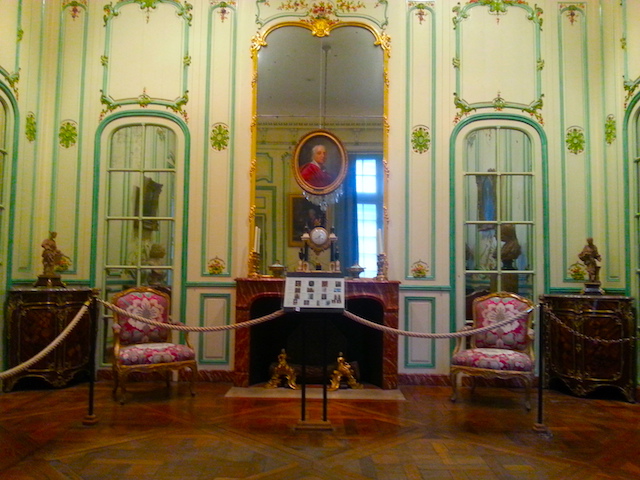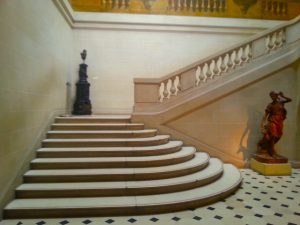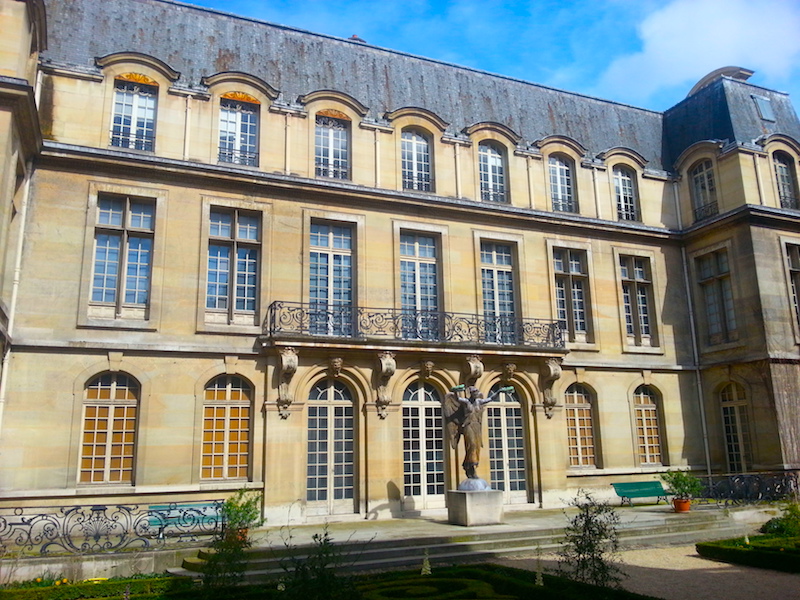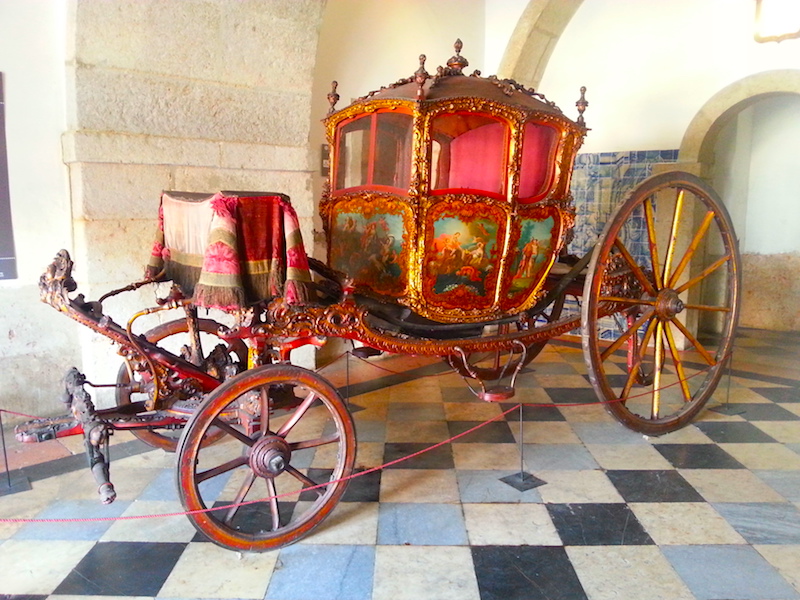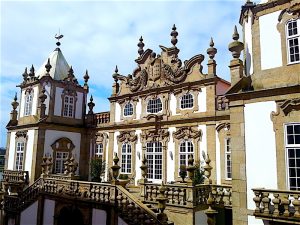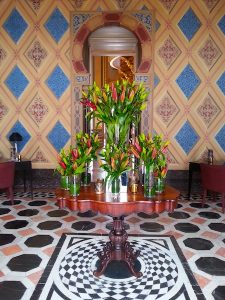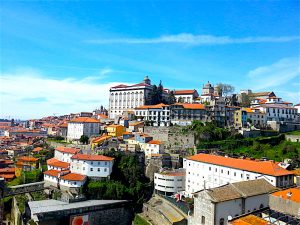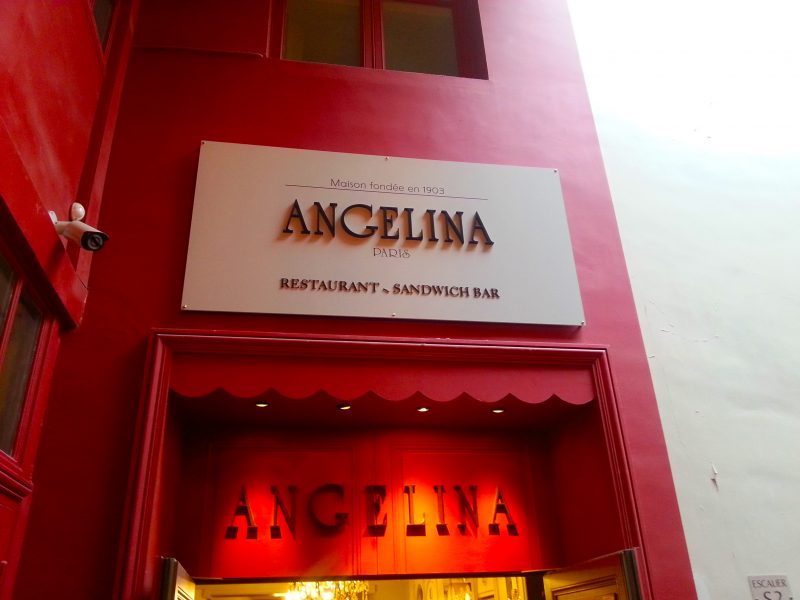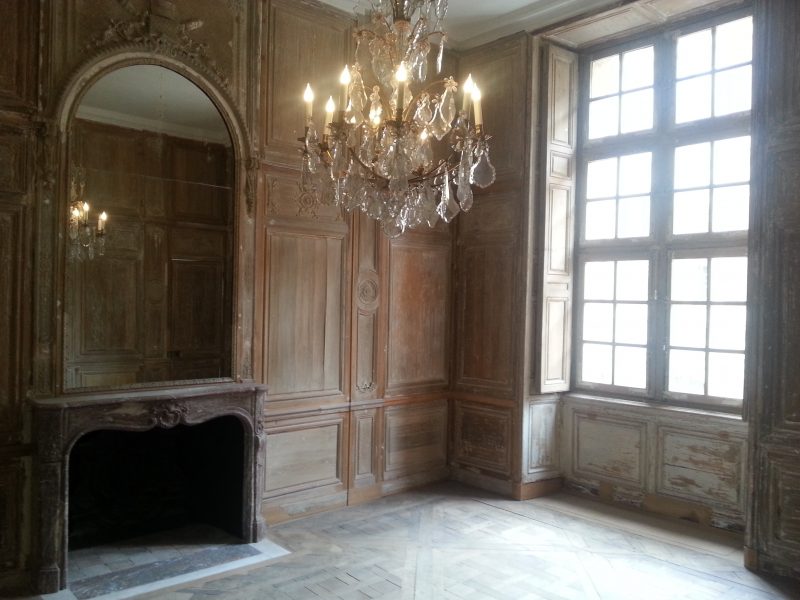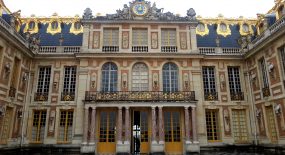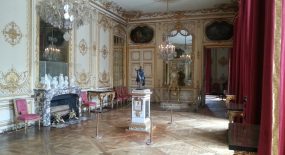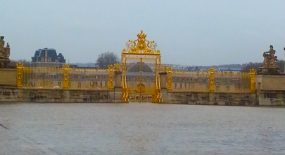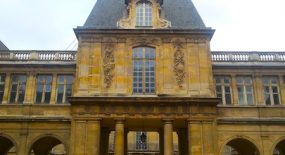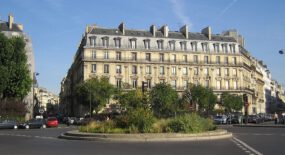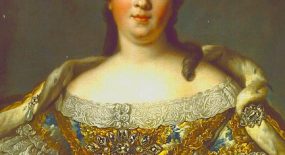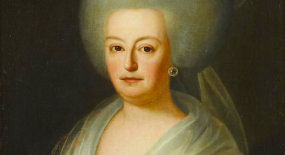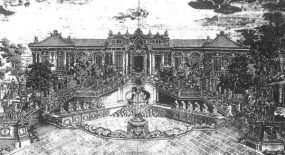Today we visit Madame Victoire’s apartment at Versailles.
Louis XV had 8 daughters, of whom 7 survived to adulthood, and of whom 2 lived long enough to see the Revolution. Mme Victoire, born in 1733, was the younger of those two. Like all but one of her sisters, she was sent away from Versailles to the abbey of Fontevrault for her education. As a Daughter of France, i.e. the daughter of a reigning king, she was called Madame rather than Mademoiselle even though she never married. This portrait of her was painted when she returned to live at Versailles at the end of her schooling in 1748.
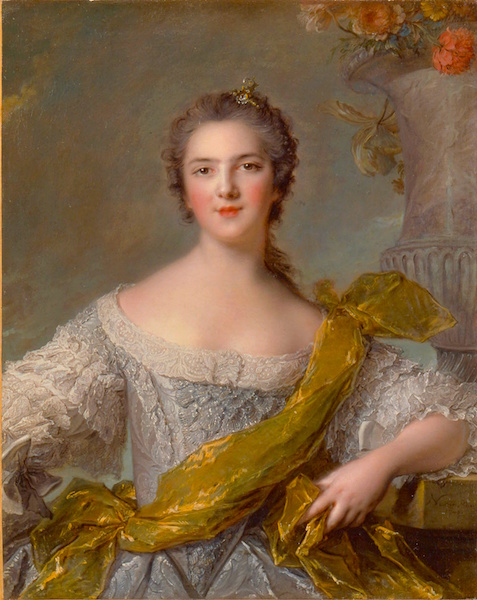
Mme Victoire by Nattier. Credit: Wikipedia
Curiously, only one of the sisters married. This was the eldest, Mme Louise Elisabeth, known simply as Madame, later as Madame Infante when she was married at 13 to the Infante Philip of Spain, a younger son of Philip V. He later inherited his mother’s sovereign duchy of Parma,* thus making him and Mme Louise Elisabeth the founders of the house of Bourbon-Parma,** whose descendants now include all the Catholic royalties of Europe.
By the time their nephew Louis XVI came to the throne in 1774, only 3 of the sisters were left at Versailles: Mme Adelaide, Mme Victoire, and Mme Sophie, who died in 1782. Mesdames Adelaide and Victoire remained in the apartments that we see today until the royal family were forced to leave the Chateau in October of 1789. The sisters withdrew to their estate at Bellevue, from which they fled in 1791 to seek refuge in Italy. Mme Victoire died of breast cancer in Trieste in 1799, leaving Mme Adelaide the sole survivor of the sisterhood until her own death the following year.
In her final years at Versailles, Mme Victoire luxuriated in a suite of 6 principal rooms: an antechamber, a salon, a large drawing room, a bedchamber, a small drawing room, and a library. Few people at Versailles had such spacious lodgings. Even duchesses had to make do with a garret if they were not in favour, and anyone who could afford it kept a house in the town of Versailles as an escape from their cramped quarters in the Chateau.
Continue reading
